Amity Net Grid
Summary
The amity net grid is a selective device designed to separate nephrops from fish. It is an inclined panel of square mesh that directs fish upwards and into an upper cod-end while allowing nephrops to fall through the square meshes and into the lower cod-end.
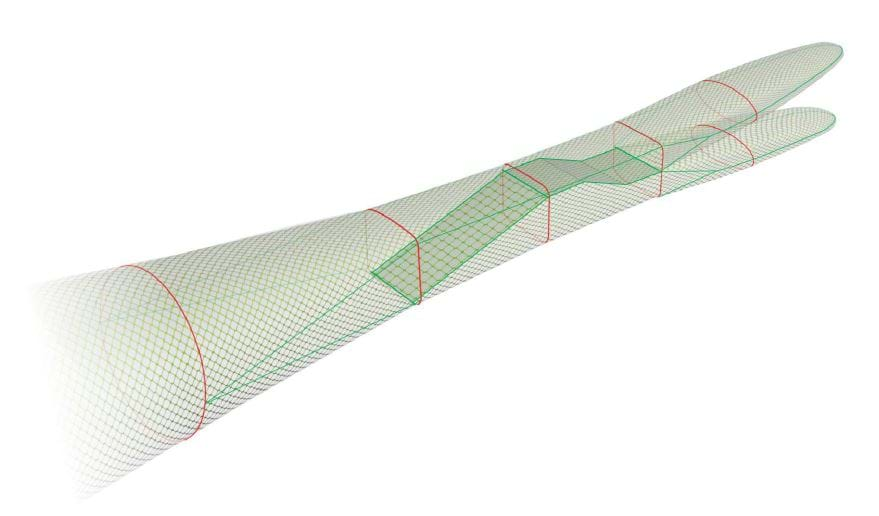
Size selectivity
The net grid has proved to be effective at separating nephrops from fish in several different fisheries with several different mesh sizes. In North East Scotland 400mm mesh was found to give the better results while in the Farne Deeps area 200mm was used. In some areas the bycatch of fish is not of significant value to the fishermen, in this case the Centre for Environment, Fisheries & Aquaculture Science (Cefas) version that is designed to release most of the fish can be used. When the fish bycatch is a large proportion of the value of the catch the Amity version with the second cod-end to retain the fish can be used. The benefit of this is that the top cod-end can be used as a secondary selectivity device designed to retain just the marketable fish. By using larger diamond mesh such as 110mm or 120mm mesh for this cod-end should help to release many of the smaller fish that would otherwise be discarded.
Other alternatives to further improve not only selectivity but also help retain fish quality and improve fish welfare would be to look to using square mesh, T90 mesh or even knotless netting in either square of diamonds orientation for the upper cod-end. If the vessel is in an area of many small fish or if they are low on quota they may even opt to leave the top cod-end open and release all the fish, while still retaining the nephrops in the lower cod-end.
One of the big advantages of separating the catch into two cod-ends is that both the nephrops and the fish are taken onboard in much better condition than a net where the catch is mixed. Due partly to the reduced bulk of fish in the lower cod-end the nephrops come onboard much livelier, with less damaged legs and claws, this should result in a better price on the market, although this may take a few weeks for the processor to appreciate the improved nephrops quality.
The fish retained in the top cod-end will be in better condition because there is reduced bulk of fish as the small ones are released and the abrasion caused by them mixing with the nephrops is much reduced. With the fish being in the top cod-end that will be higher of the seabed than the normal single cod-end therefore should be above the sand cloud created by the footrope of the trawl that will also lead help to maintain the quality of the retained catch.
Other information
The Amity Net grid is a development of the Cefas net grid. This version is designed with two cod-ends, one above the other. The lower one to retain the nephrops, and the upper cod-end to retain the fish, unlike the Cefas version that is designed with only one cod-end and a hole in the top panel to release most of the fish.
The net is adapted by fitting an inclined panel of large meshed square mesh close to the end of the tapered section. To simplify the fitting of this it is been found better to convert this section of the trawl from the standard two-panel net into a four-panel net. This gives a four-panel parallel section where the panel of square mesh can easily be fitted at the desired angle by lacing it up a line of bars in the netting in each side panel. This panel is fitted almost to the top of the net allowing a small opening for the fish to pass down into the upper cod-end. It is presumed with each horizontal transverse bar of the square mesh being behind and slightly above the previous one they act as a guiding device, guiding the fish upwards as they pass along and up the inclined panel and into the upper cod-end.
Meanwhile the nephrops, that appear to just ‘tumble’ down the trawl with the flow of water, will pass through the inclined square mesh panel and fall into the lower cod-end, thereby effectively separating the nephrops from the fish.
This means that the standard smaller mesh sizes can be used in the lower cod-end to retain all the nephrops. The upper cod-end would usually be made in a larger diamond mesh or even square mesh cod-end to improve the selectivity. The size and type of cod-end used may be different for different fisheries, the main idea would be for the cod-end to retain all marketable fish while releasing the smaller fish below marketable size.
The design of the net grid can be quite intricate and the gear needs to be designed to fit the net it is being fitted into. Although the four-panel section could be just attached to the equivalent number of meshes in a two-panel net it is better to have an ‘adapter section’ to convert the net smoothly from two-panel to four-panel using properly designed wedge shaped side panels. It is a known fact that a four-panel cod-end will stay in a more open shape compared to that of a two-panel net. Similar at the back end of the device if it’s necessary to convert back to two panels for the attaching of a two-panel cod-end.
It is better if a 4 panel cod-end is used for both top and bottom cod-ends. The net grid itself is made using standard netting turned through 45° into square mesh. This keeps the meshes open to a set size. Various mesh sizes, ranging from 200mm to 600mm, have been tried in different fisheries. If possible it is better to test different mesh sizes in the particular fishery as each mesh sizes effectiveness tends to suit different areas and vessel sizes better than others.
All dimensions and mesh counts and cuts are for generic advice and information. Before constructing and fitting this gear into a trawl you should consult with your local fishery officers or legislators such as MMO, Marine Scotland and Daera in the UK. This should ensure that your gear meets the requirements of the area that your vessel will be fishing in.
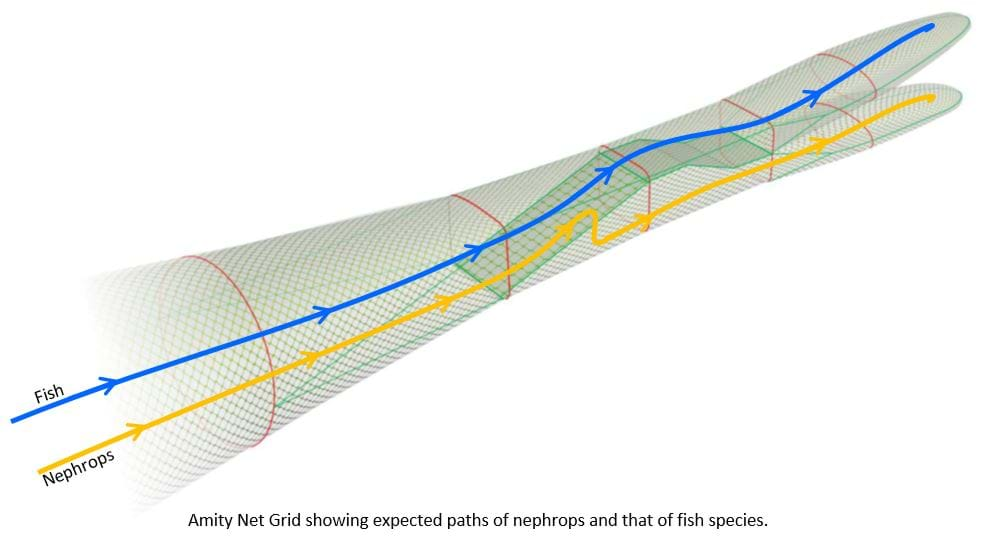
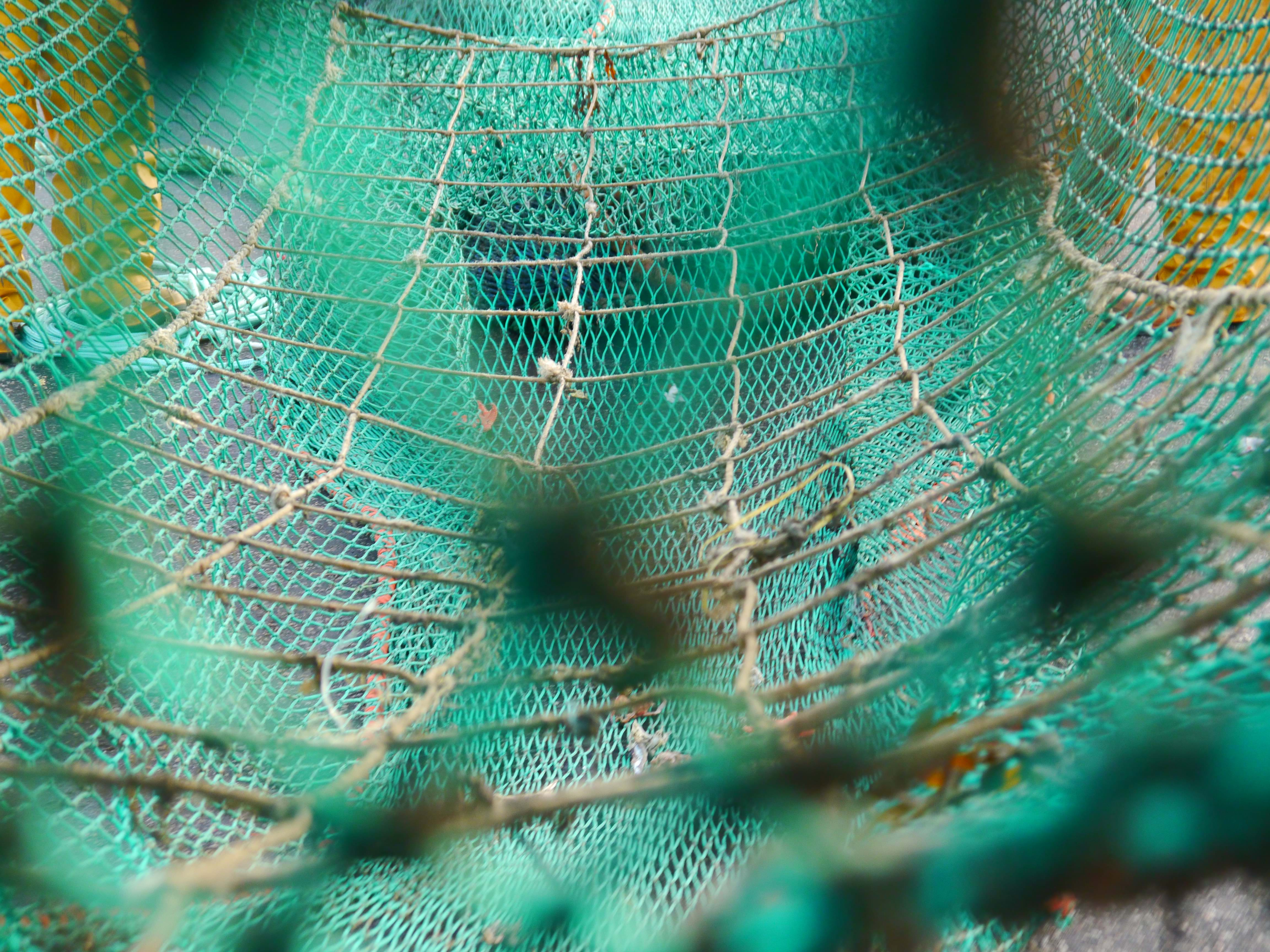
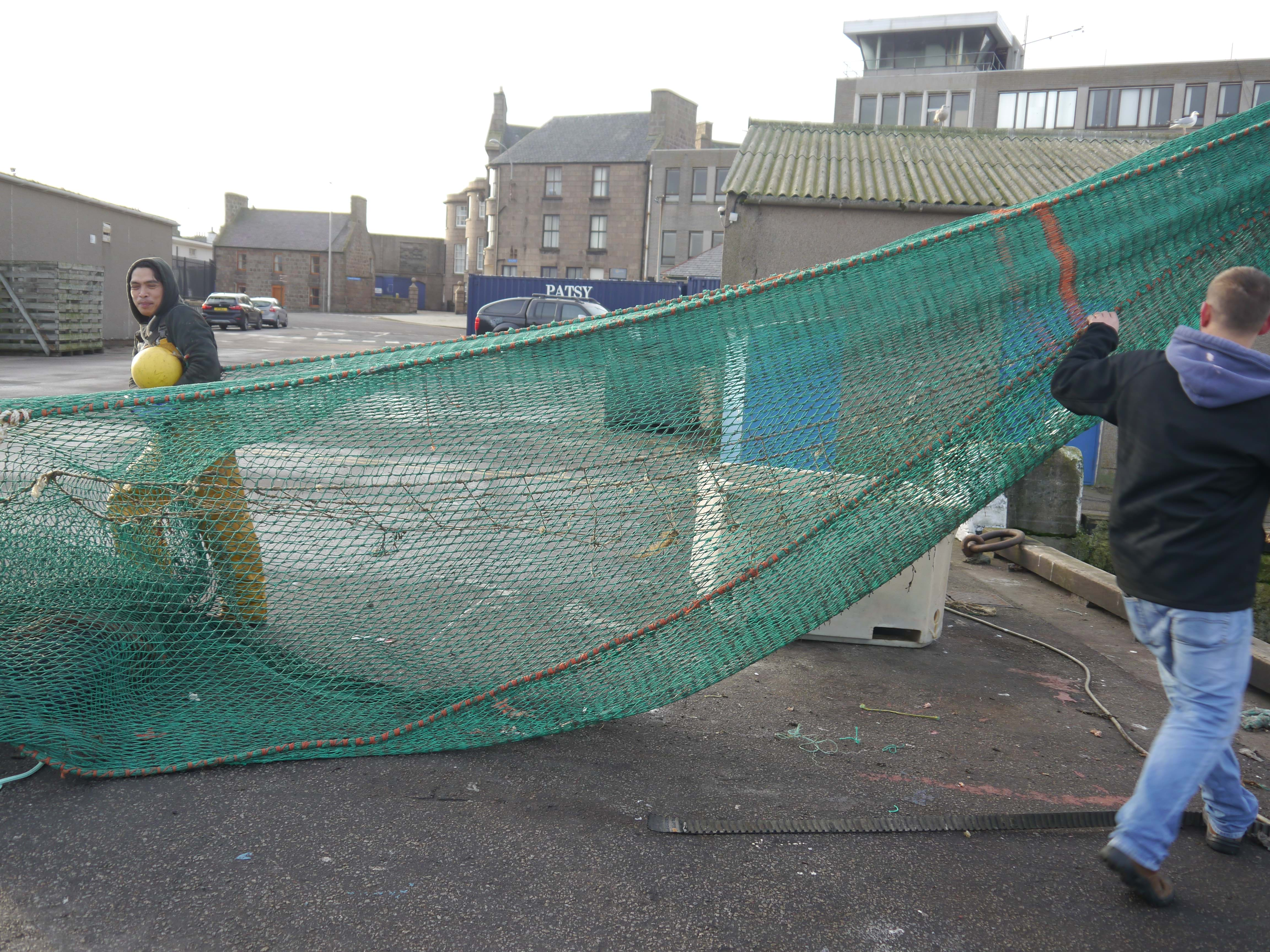
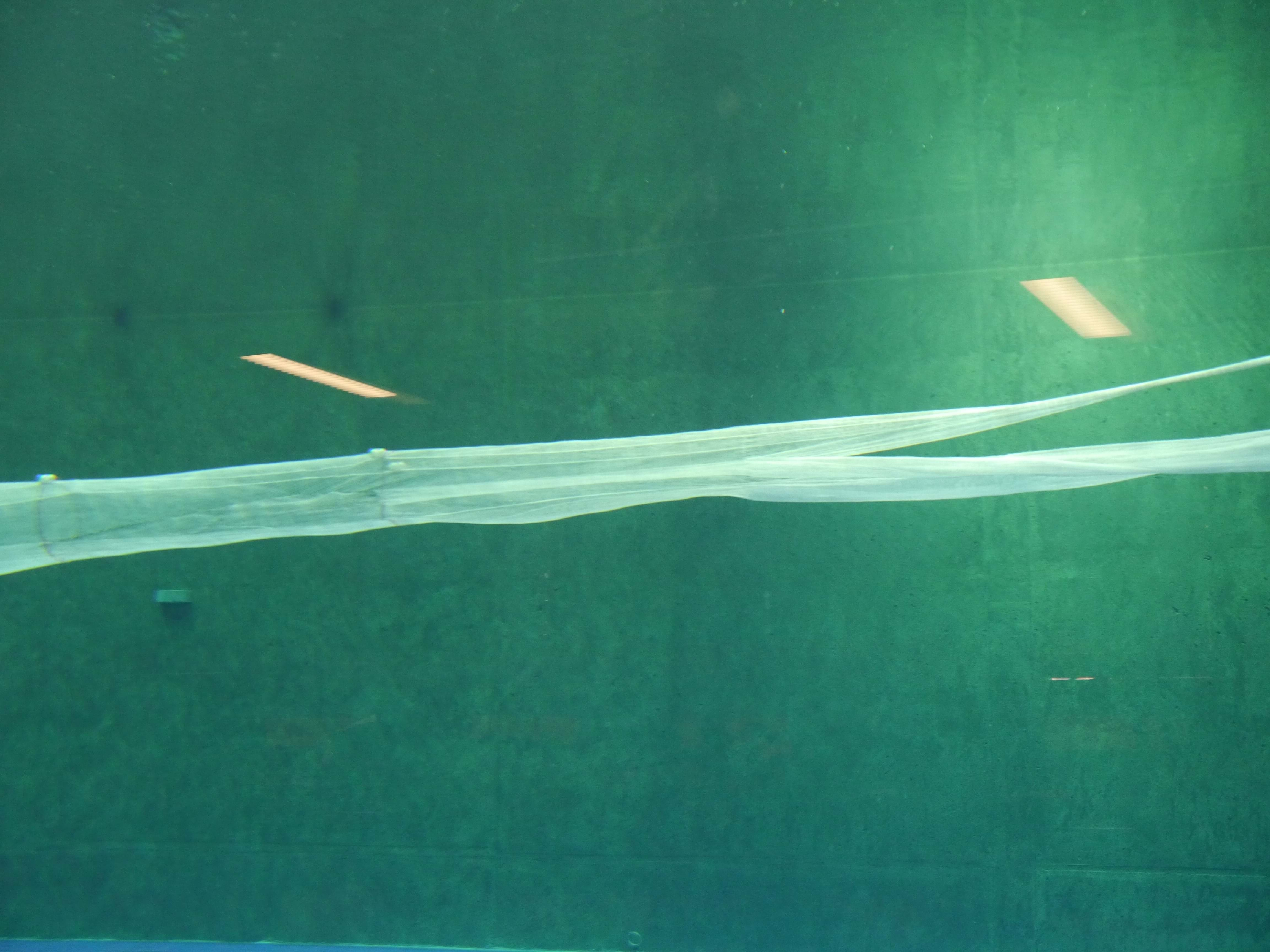
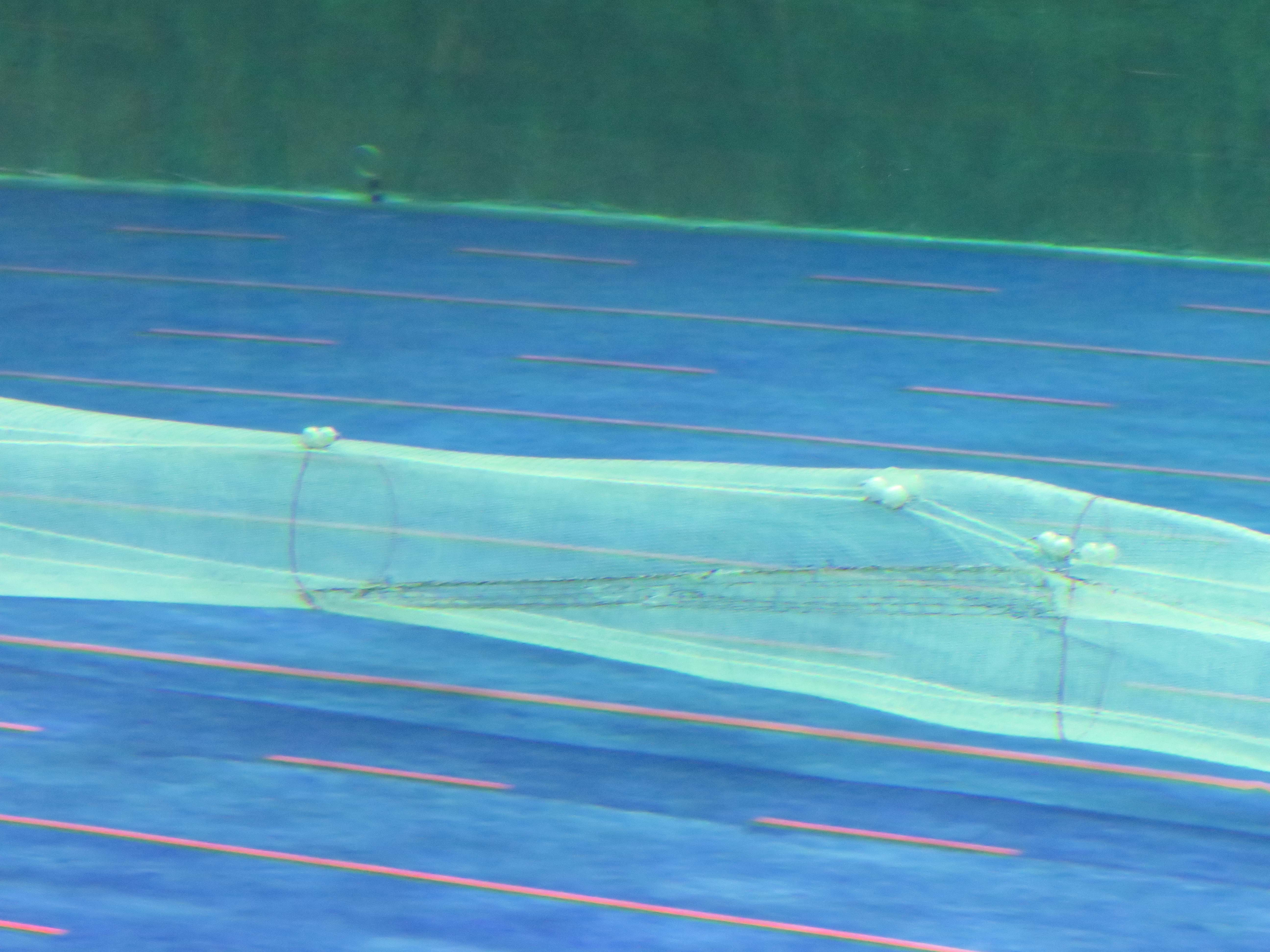
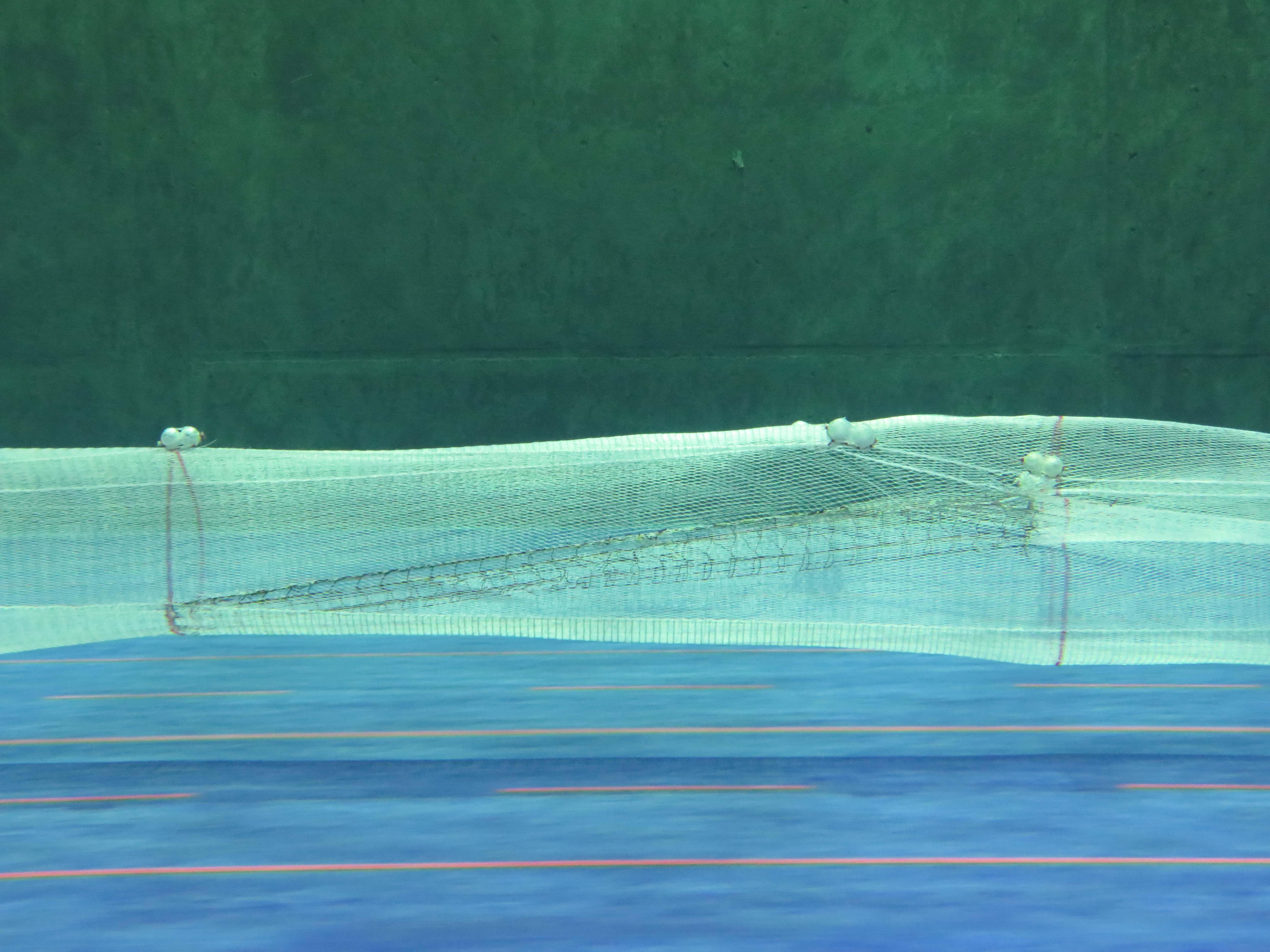
Selection type
-
- Post-selection